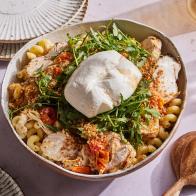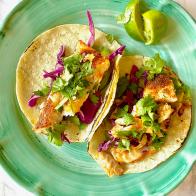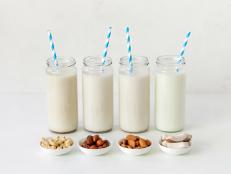There's a New Food Label — Here's What You Need to Know
Packaged food labels are getting an update.

i_frontier/Getty Images
If you find your food labels looking a little different these days, there's a reason for it. The food label you're used to seeing on packaged goods has recently gotten an update. Here are the major changes and what you need to know for the future.
How Has the Food Label Changed?
A new food label has been a long time coming. With the exception of the addition of trans fats in 2003, we have used the same food label since it was formalized in the early 1990s. The new food label features many of the same information you're used to seeing, but has been updated to better reflect the nutrients more relevant to our current daily diets. For example, vitamins A and C which used to be mandatory on the label have now been swapped for vitamin D and potassium, since the 2015-2020 Dietary Guidelines identified them as under-consumed nutrients by Americans. Other highlights include adjusted serving sizes to align better with the amounts of food we typically eat.
What's New On the Updated Food Label?
One of the most exciting additions to the new food label is the added sugar tally, as well as, a benchmark for daily intake. Much like sodium, added sugars now have a daily recommended cap. The daily value for sugar is set at 50 grams per day. This is generous – about 12.5 teaspoons of sugar – but offers a frame of reference to make an informed decision about the amount of sugar you take in each day. For the complete road map of the new food label, visit the FDA website.
Dana Angelo White, MS, RD, ATC, is a registered dietitian, certified athletic trainer and owner of Dana White Nutrition, Inc., which specializes in culinary and sports nutrition. She is the author of four cookbooks First Bites: Superfoods for Babies and Toddlers, The Healthy Air Fryer Cookbook, The Healthy Instant Pot Cookbook and Healthy Quick and Easy Smoothies.
*This article was written and/or reviewed by an independent registered dietitian nutritionist.
Related Links:

































